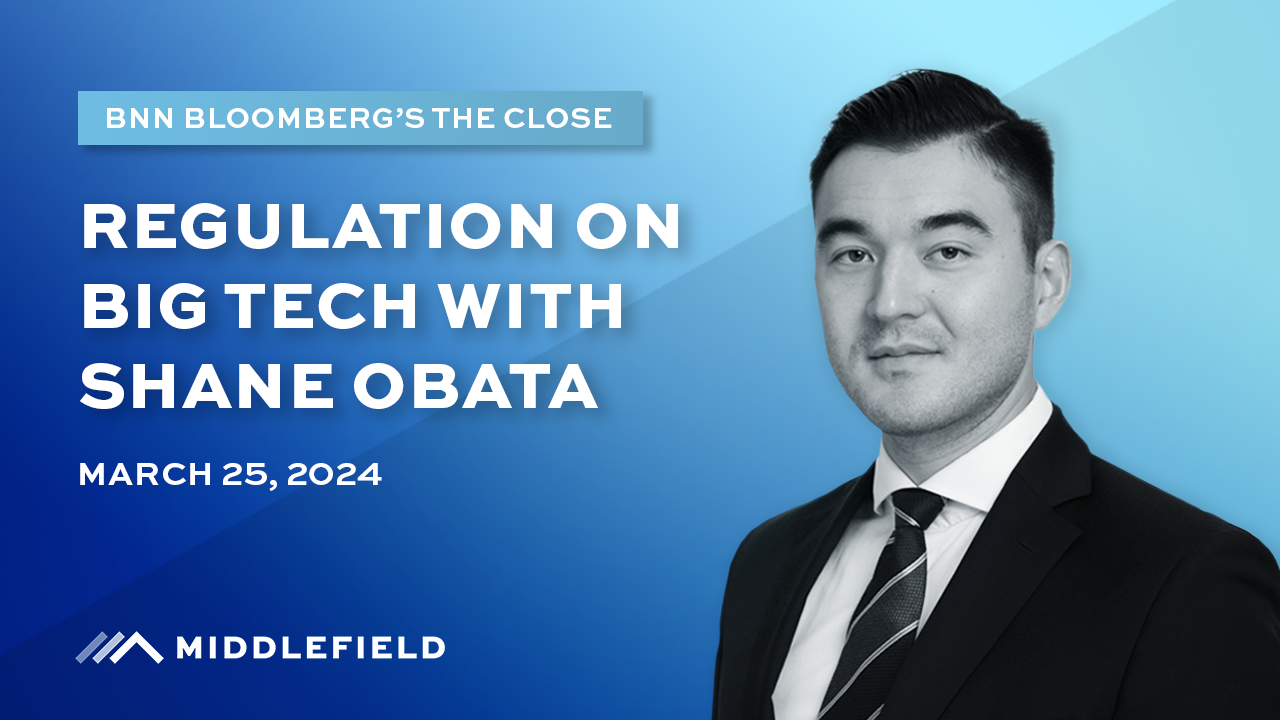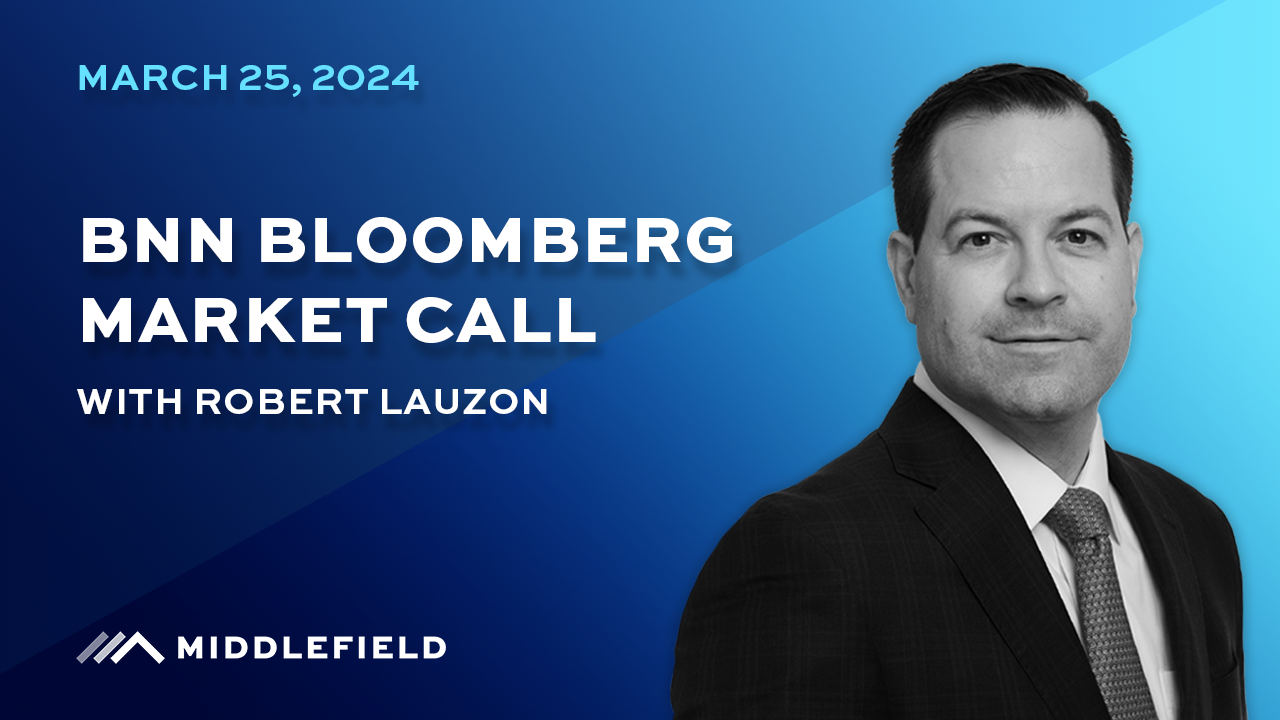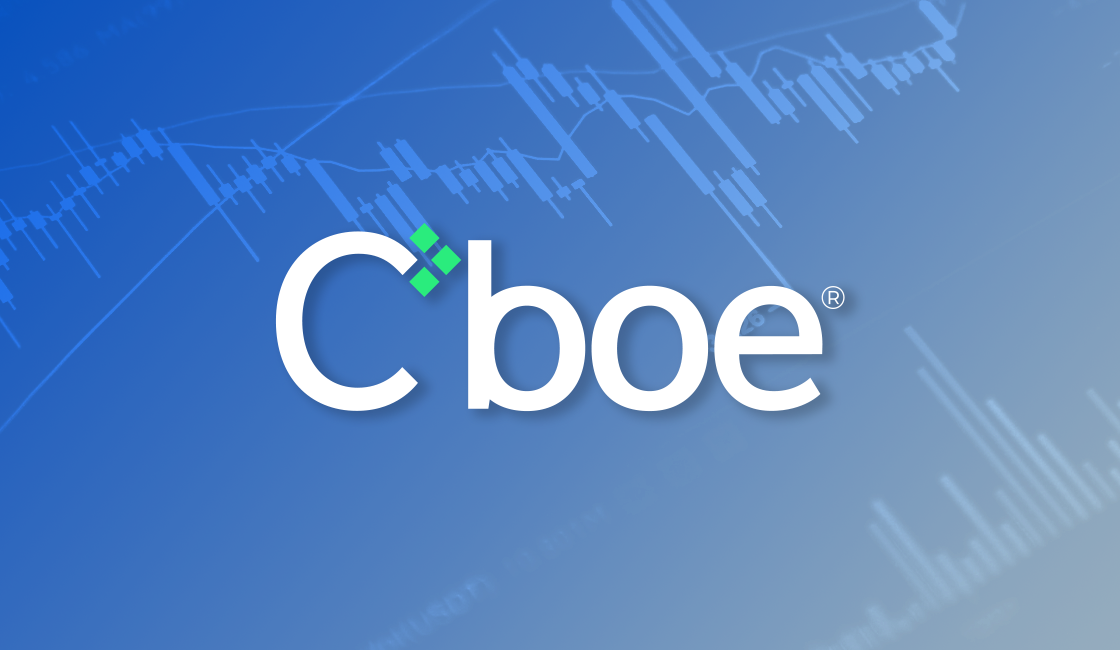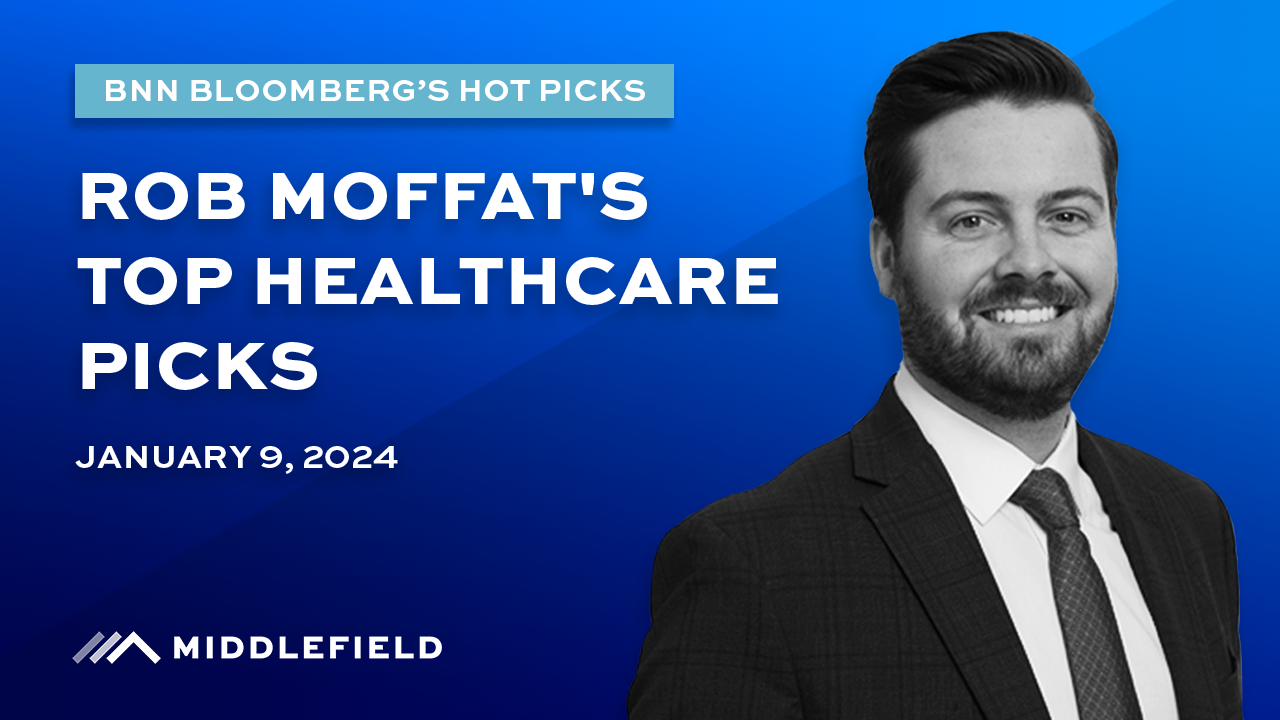Index
Macro Update
by Dean Orrico, President & CEO and Robert Lauzon, Managing Director & CIO
Equity markets started the year the same way they finished 2023. The S&P 500 returned 1.7% in January and reached all-time highs during the month. The rally marks the third best three-month return in the past fifteen years, only trailing the rebounds from pandemic lows in 2020 and GFC lows in 2009. It registers in the 99th percentile of market history and is one of the most powerful short-cycle rallies not to come out of a recession.
Unlike the previous two months, the market’s strength in January was not fueled by falling interest rates. Recent data confirms a resilient labour market and robust consumer spending in the U.S., highlighted by real personal spending expanding by 0.5% in December. The economic outlook in Canada is also much brighter than many had feared. The economy grew by 0.2% in November and is now projected to increase 1.2% on an annualized basis in the fourth quarter. Economic strength is being reflected in earnings growth, with 70% of S&P 500 constituents that have reported thus far topping Q4 earnings estimates by 6.2% in aggregate. We expect stable business conditions to support continued momentum in earnings as companies report throughout February.
The improving economic outlook has hawkish implications on monetary policy. Fortunately, inflationary pressures continue to ease as evidenced by core PCE inflation Index slowing to 2.9%. Although Fed Chair Jerome Powell quelled hopes for a March rate cut at his most recent press conference, we expect persistent disinflation to support an easing in monetary policy throughout the year. While investors have obsessed over the exact timing and magnitude of Fed cuts, we believe the direction and trend of monetary policy is more important. With inflation falling and real rates moving higher as a result, nominal rates have become increasingly restrictive. Although we can’t predict with certainty when the first cuts will come, we maintain our conviction that policy will ease this year, providing a constructive backdrop for equities.
|
|
2024 is an election year, not just in the United States, but in more than 60 countries representing nearly half the world’s population. In fact, more voters will head to the polls this year than ever before in history. While it is difficult to predict the outcomes or impacts that elections will have on society, history shows that election years tend to produce positive returns in the market. Focusing on the U.S., there have been 23 elections since the S&P 500 Index began. In these election years, 83% have provided positive performance with an average return of 11.3%. In years with a Democratic incumbent, the total return averaged 12.9% when a Republican was elected and 11% when a Democrat took the White House. Obviously, every election has its own unique dynamics and historical context to consider. Our point is that “election risk” should not be at the top of investors concerns in 2024 considering the market’s proven ability to generate attractive returns when these conditions have been present.
Solid economic data combined with falling inflation provides an ideal investment backdrop for equity income. The Goldilocks scenario that has taken shape in recent months should support the S&P 500 trading comfortably above 5,000 by the end of the year. The path to getting there will likely not be linear, however, and we are becoming increasingly focused on valuations and investor positioning. Middlefield’s core strategies, which are grounded in dividend-paying companies, are well-positioned against the current market backdrop.
Real Estate
Middlefield Fund Tickers & Codes: MREL / MID 600 / RS / RS.PR.A / RA.UN / MSRE.UN
by Dean Orrico, President & CEO
REITs took a breather in January after rallying nearly 20% in November/December. The sector returned +0.4% in Canada but fell 4.7% in the U.S. Notwithstanding their outperformance this month, Canadian REITs are still trading at a 5x FFO multiple discount to U.S. REITs on average. We continue to prefer Canadian REITs for exposure to traditional asset classes, such as industrial, retail and apartments, while looking to U.S. REITs for unique exposures that are not available in Canada such as data centres, towers and single-family rental housing.
|
|
M&A was back in the headlines this month, once again involving a large international investor. Tricon Residential announced it has agreed to be acquired by Blackstone Real Estate Partners X and BREIT for US$11.25 per share. The transaction represents an equity value of US$3.5 billion and a 30% premium to the stock’s previous closing price. Our real estate funds have a position in Tricon and benefitted from the deal. We have since reduced our position in Tricon and re-invested the proceeds into some of our favourite Canadian retail REITs, including RioCan. M&A transactions such as this validate our NAV estimates and are driving a healthy recycling of capital into the real estate sector. We expect continued M&A activity in North American real estate markets throughout 2024 which should serve as a catalyst for upward price momentum in publicly-listed REITs.
With bond yields declining and central bankers looking to cut rates later this year, we believe REITs are extremely well-positioned to outperform. For the past two years, despite solid fundamentals in many real estate sectors (i.e., historically low vacancy rates and significant re-leasing spreads in industrial, multi-family and retail), REIT stock prices have lagged. The opportunity cost of owning cash instruments relative to other asset classes is growing as investors are faced with lower yields to reinvest. Quality REITs that generate stable and growing cash flows offer far better total return potential and can still be purchased at a significant discount to NAV.
Healthcare
Middlefield Fund Tickers & Codes: MHCD / MID 325 / SIH.UN
by Robert Moffat, Portfolio Manager
After its worst year of relative performance in 30 years, healthcare started the year on a positive note, generating a total return of 3% and outperforming the S&P 500 by 1.3%. We believe this is a trend that should continue throughout the year, supported by the attractive earnings growth healthcare companies are expected to generate in 2024.
The most noteworthy theme that emerged in January was higher utilization of healthcare services. MedTech companies are the main beneficiaries of this dynamic as their products are predominantly consumed in hospitals and other outpatient healthcare facilities. MedTech stocks led the sector’s performance in January, generating a total return of 4.5% on average. Several of our core MedTech positions, including Stryker, Boston Scientific and Intuitive Surgical (ISRG) have already generated double-digit returns and are trading at all-time highs. ISRG’s results were particularly impressive, highlighted by the fastest quarter of installed base growth in over a decade. In addition, the company pleased investors with the announcement of a new robotic-assisted surgery platform, the Da Vinci 5, which is expected to have hundreds of design changes and broaden the suite of indications that it is used for. ISRG is already the clear leader in robotic-assisted soft-tissue surgery and has a track record of boosting growth during new product cycles. We remain bullish on the stock as it remains one of the cleanest growth stories at scale in the entire healthcare sector.
Higher hospital and outpatient utilization typically acts as a headwind for managed care organizations (MCOs) who are tasked with reimbursing medical procedures. This time has been no different, with MCOs falling 2.5% on average in January amidst a series of negative expense outlooks. Seniors covered by Medicare have been the biggest drivers of higher utilization recently. Fortunately, our funds had minimal exposure to MCOs leading up to Q4 earnings and were underweight the group relative to the benchmark. We opportunistically initiated a position in Elevance Health at the end of January due to its attractive business mix which is less exposed to Medicare Advantage plans (seniors) and more focused on individual and commercial plans.
|
|

Sustainable Infrastructure
Middlefield Fund Tickers & Codes: MINF / CLP.UN / MID 265 / MID 510 / ENS / ENS.PR.A
by Robert Lauzon, Managing Director & CIO
In late January, the Biden Administration announced a decision to pause approvals of new Liquefied Natural Gas (LNG) export licenses. Although the move could cause delays to U.S. projects that were awaiting final approval, we do not believe it will significantly alter the growth trajectory of the North American LNG industry. Canadian midstream companies remain well-positioned for growth over the next five years, underpinned by the LNG Canada export terminal coming online in 2025. We favor stocks with exposure to growing natural gas and natural gas liquids production, such as Pembina Pipeline. Currently trading at a discount to peers, offering an attractive 5.9% dividend yield, and undergoing an accretive deal for Alliance/Aux Sable from Enbridge, Pembina remains a top pick within the Canadian midstream space.
After a challenging year for the renewables industry, we believe the outlook in 2024 is much more positive. The industry is benefiting from improving fundamentals across the value chain, as developers, manufacturers, and governments are better aligning their expectations on risk-return profiles. Significant project cancellations in the prior year have alleviated the pressure on manufacturers, while increased contract pricing is allowing developers to achieve targeted rate of returns. Hydro-Quebec recently awarded 1,550MW of wind capacity to Boralex and Innergex at an average price of $78/MWh, highlighting the improving pricing outlook for new projects. Meanwhile, Northland Power remains committed to execution on current offshore wind projects through its secured funding platform after its recent close of Gentari in early January. After stepping to the sidelines in 2023 amidst macro headwinds, we have re-initiated positions in Northland Power given its improved fundamental outlook and attractive valuation.
Technology & Communications
Middlefield Fund Tickers & Codes: MINN / SIH.UN / MID 925
by Shane Obata, Portfolio Manager
The key takeaway from mega-cap earnings was that cloud growth is re-accelerating. Amazon, Microsoft and Google each reported better-than-expected growth in their cloud divisions, confirming we are moving past “optimization” and towards new growth. This is arguably the most important development of this earnings season because the implications extend far beyond those three companies. Coinciding with this growth, we will continue to see a ramp up in capital spending, which bodes well for our top picks in the semiconductor industry. In addition, the positive momentum from the cloud service providers also bodes well for cybersecurity and consumption-based software, both of which are correlated with AWS + Azure growth.
Another notable development this earnings season was Meta’s initiation of a dividend. We have long argued that the “Tech Staples” such as Meta have more than enough cash flow to support dividends. We are optimistic this marks the beginning of a new trend and that we may hear similar announcements from the likes of Google in the not-so-distant future. Dividend initiations should be viewed positively as they are an indication of financial strength and a long-term commitment to capital discipline.
IBM’s Q4 results were also positive, lifting its share price to the highest level in 10+ years. The report showcased resilient performance across all business segments. Notably, the firm’s strategic investments in hybrid cloud and AI technologies are paying off, with the book of business for Watsonx and generative AI doubling from Q3 to Q4. This surge underscores IBM’s alignment with critical, high-demand technology sectors and its capability to capture accelerated market demand. Furthermore, IBM exceeded its free cash flow objectives for the year, achieving $11.2 billion, up $1.9 billion from the previous year. We continue to view IBM as a highly stable free cash flow generating machine and expect continued dividend increases in the years to come.

Resources
Middlefield Fund Tickers & Codes: MID 800 / MID 161 / ENS / ENS.PR.A / MID 265
by Dennis da Silva, Senior Portfolio Manager
Gold’s consolidation above US$2,000/oz continued into January as bullion has consistently remained above this psychological level since mid-December. A report by the World Gold Council suggests total gold demand hit a new record last year. This strong fundamental demand will continue to provide downside support from non-OECD central banks on the back of reserve diversification and ongoing elevated geopolitical tensions. The next leg of upside will likely be driven by the start of the Fed easing cycle which traditionally has triggered increased ETF demand. Our premise for higher gold prices in 2024 should lead back to normalized gold equity multiples, which are at decade lows.
The spreading conflict in the Middle East has caused the price of oil to bounce from December lows. Meanwhile, drone attacks on refiners in Russia pose a new, less appreciated, but potentially more damaging threat to global oil markets. Ukranian-linked drone attacks will likely lead to a reduction in Russia’s refining and export capacity while adding uncertainty to the global oil market, already rocked by shipping issues in the Red Sea. In addition, Aramco announced that it has received a directive from the Saudi Ministry of Energy to maintain its Maximum Sustainable Capacity (MSC) at 12Mb/d, and not to continue increasing MSC to 13Mb/d. This is a significant policy reversal, which comes as a surprise, as there had been no previous indication of such a potential change. Considering all these recent developments in aggregate, we believe that risk is skewed to the upside for oil prices assuming global demand remains stable.
The world’s largest uranium producer Kazatomprom reduced 2024 and 2025 production targets. The company remains committed to contracted deliveries for 2024, however, given the wide gap between new guidance and prior guidance, Kazatomprom may need to actively purchase uranium in the market. The news will lead to further tightening of the fundamentals for uranium and reinforces our bullish view on pricing, which has doubled over the year to sixteen-year highs. On the demand front, the U.K. announced plans to quadruple nuclear capacity to 24 GW, from 6 GW currently, with an aim to start construction on one to two new reactors every five years from 2030-2044. Separately, utility EDF announced plans to extend the life of four gas-cooled reactors in the U.K. that are currently set to retire in the mid-2020s.
ESG: Environmental, Social & Governance
Middlefield Fund Tickers & Codes: MDIV / MINF / CLP.UN / SIH.UN / MSRE.UN / MID 265
by Stephen Erlichman, Chair, ESG (Environmental, Social and Governance)
As Canadians, most of us watch matters going on in the US much more than in Europe or elsewhere in the world. In that regard, in the ESG space, we can see the ongoing “anti-ESG backlash” in the US and perhaps think that it is a worldwide phenomenon, but it is not. The public use of the ESG acronym may be declining in the US — with some asset owners, asset managers and corporations now “green hushing”, meaning publicly using an alternative term such as “sustainability” rather than “ESG” in order to try to avoid being targeted in the anti-ESG backlash — but I believe that many ESG considerations will continue to impact the decisions of asset owners, asset managers and corporations in the US as well as in Canada and Europe in 2024.
Here are some examples of what we might expect in 2024.
- The COP 28 pledge made in Dubai in December by over 190 countries to transition away from fossil fuels “in a just, orderly and equitable manner” is expected to continue the focus on sustainability not just by governments but also by businesses around the world.
- The adoption of the Corporate Sustainability Reporting Directive by the European Union, and the consolidation of voluntary global ESG disclosures under standards issued by the International Sustainability Standards Board, is expected to lead to more consistent and comparable sustainability disclosures by corporations around the world, as well as to continue the push to have climate-related matters reflected in companies’ financial statements. In addition, the expected release in 2024 of climate-related disclosure rules by the Securities and Exchange Commission in the US and by the Canadian Securities Administrators in Canada will likely lead to broader legal requirements for climate change disclosure by public companies in the US and Canada.
- The Biden Adminstration’s executive order on artificial intelligence should result in various US federal agencies releasing guidelines on the use of AI by the industries they oversee. I expect that Canada will be looking closely at those guidelines, when released, to see if and how they should be adapted for Canadian businesses. As a result, in both the US and Canada boards of directors of public companies will increasingly be expected to be involved in the oversight of AI issues, including the ethical use of AI, at their companies.
- In Canada, new legislation entitled “Fighting Against Forced Labour and Child Labour in Supply Chains Act” came into force on January 1, 2024. This statute will require thousands of Canadian companies, both public companies and large private companies, to publicly report on forced or child labour in their supply chains in Canada and abroad. The reports produced by the companies subject to the new legislation are likely to be reviewed not just by the Canadian government, but also by other stakeholders such as asset owners and asset managers as part of their investment and voting decision-making.
- Biodiversity issues are being seen as possible systemic risks for institutional investors. Thus, biodiversity is expected to feature in the voting guidelines of various institutional investors, which either may vote against directors or support biodiversity-related shareholder proposals if, for example, deforestation-related expectations are not met at portfolio companies.
The foregoing examples, as well as many others that could be mentioned, suggest that although the use of the ESG acronym may be fading, the focus on sustainability issues at businesses in Europe and in North America in 2024 is continuing and in fact appears to be growing. Thus, asset owners and asset managers are expected to continue to integrate ESG factors into investment and voting decisions because ESG considerations continue to be relevant to understanding the risks and opportunities at portfolio companies.

Exchange Traded Funds (ETFs)
Mutual Funds (FE | F)
TSX-Listed Closed-End Funds
| Fund | Ticker | Strategy |
|---|---|---|
| MINT Income Fund | MID.UN | Equity Income |
| Sustainable Real Estate Dividend Fund | MSRE.UN | Sustainable Real Estate |
| International Clean Power Dividend Fund | CLP.UN | Sustainable Power |
| Middlefield Global Real Asset | RA.UN | Real Assets |
| Sustainable Innovation & Health Dividend Fund | SIH.UN | Innovation & Healthcare |
TSX-Listed Split Share Corps. (Class A | Preferred)
| Fund | Ticker | Strategy |
|---|---|---|
| E-Split Corp. | ENS | ENS.PR.A | Energy Infrastructure |
| Real Estate Split Corp. | RS | RS.PR.A | Real Estate |
LSE-Listed Investment Fund
| Fund | Ticker | Strategy |
|---|---|---|
| Middlefield Canadian Income Trust | MCT | Canadian Equity Income |












